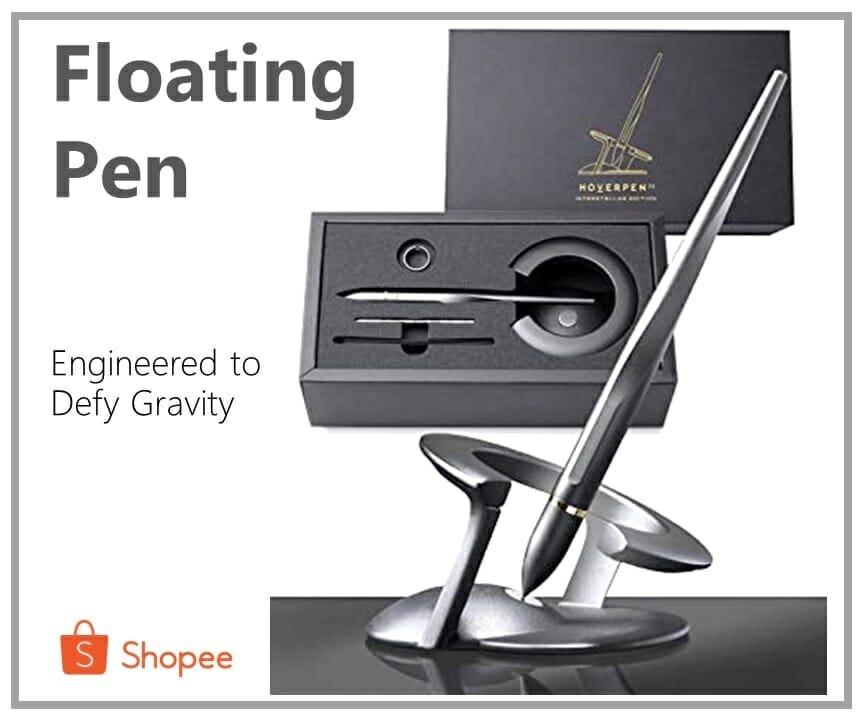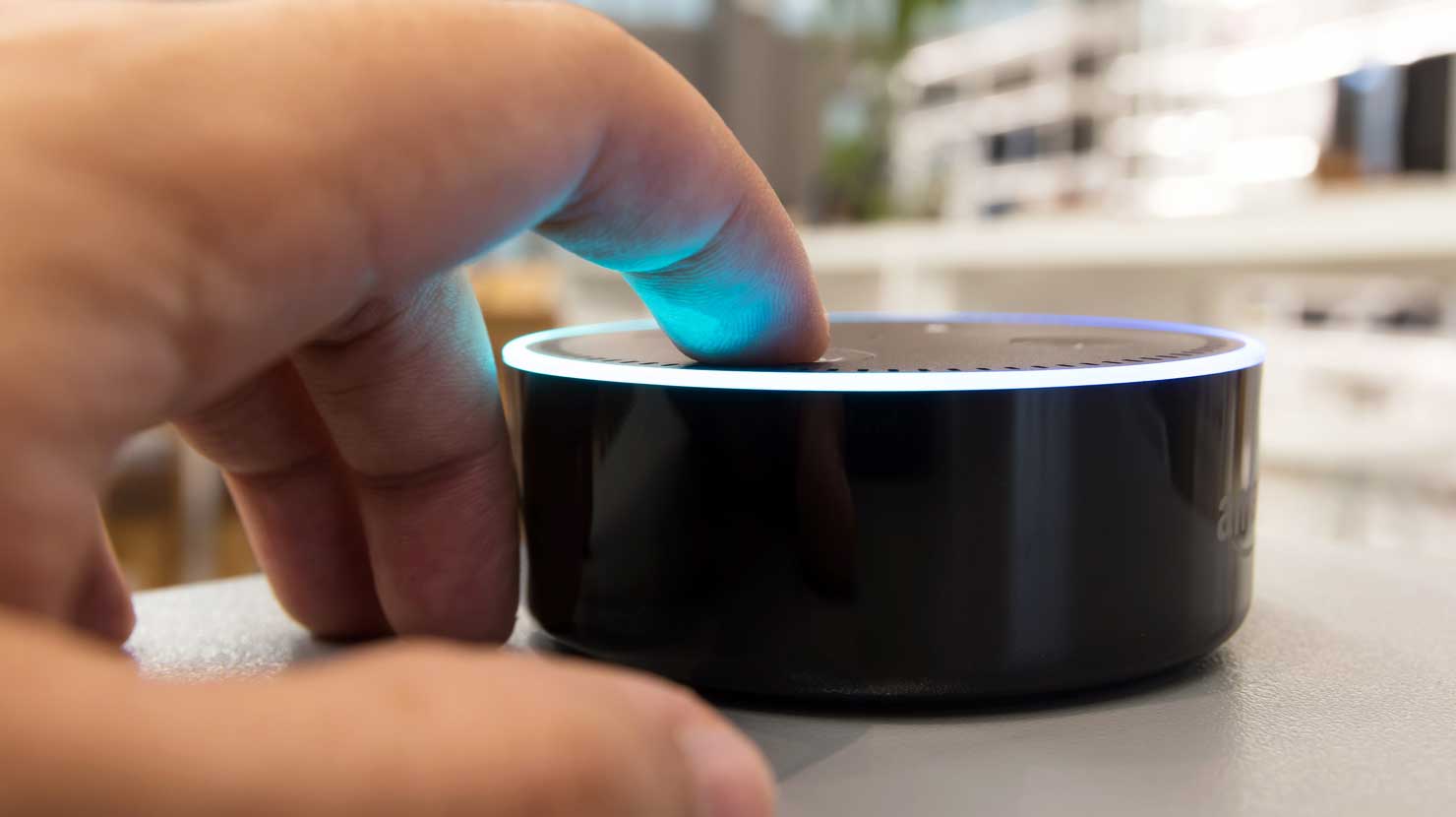In the limelight of GoPro and smartwatches, the wearable technology face the maturation of development and manufacture. But how does it affect the market?
At the Consumer Electronics (CES) Show in Las Vegas, all 50 vendors showcased smartwatches, fitness trackers and smart action cameras that you can hardly differentiate. Wearables produced are just the same as the last event, only in a greater number. What else could there be in the next CES though?

Looking at GoPro, while it was hailed as a top techy buzz in 2014, it was not as big as that the following year. The company even issued a Q4 warning about the products failing to garner sales as it performed in the previous years.
FitBit, a fitness products company, also dropped 4.8% down in the market hours after GoPro announced its Q4 warning. It has now cut 5% of its workforce.
Although, the two companies compete in different markets, they both share the same situation as they proved their incapability to offer more line up of products aside from their GoPro cams and fitness trackers. Same thing was also experienced by the athletic wear company, Under Armour, which speciously invested on fitness platforms that generally lacked utility and already populated the market. Thus, selling prices and stocks continue to drop as many companies also join the wearable category.

The thing happening here is called “Market Saturation” according to Seth Golden, a research analyst of Capital Ladders Advisory, in his article in Seeking Alpha. It is also the inability to diversify a product line as gross margins contract.
Other factors are also finding a good distribution and maintaining growth to sell through. These two, according to Seth Golden, are difficult to attain.
Once the lack of utility in such fitness devices is recognized, (where in an example would be data from fitness trackers are found to be useless if the technology won’t be able to connect or sync with other apps) its appeal would eventually fade and consumers would find it less useful. With this, maintaining a sell through would be difficult.
From the research analyst’s point of view, these are the imposing challenges for the wearables in the market. That is why readers and investors must be careful with the projections under the wearables category. Though wearables are said to stay for a long time, it will eventually go through realignment as sales will slow and decline the post distribution build out.
Nonetheless, companies must know when to engage in or leave a certain type of market to avoid losses and stay afloat in the business. Integrating technology in a product such as in wearable tech may be appealing to do but propelling it in the right way to gain market is a different story.
















